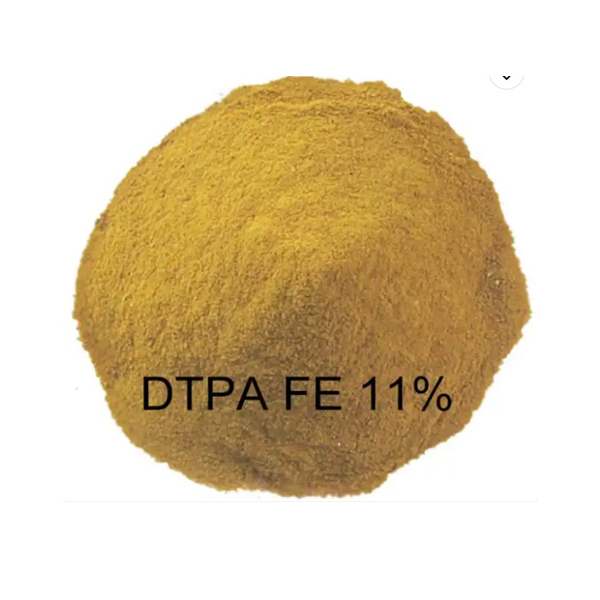
News
Août . 14, 2024 14:42 Back to list
Exploring the Role of Phosphonic Acid Chelating Agents in Modern Chemical Applications and Research
Phosphonic Acid Chelating Agents A Vital Resource in Modern Chemistry
Phosphonic acid chelating agents have garnered significant attention in various fields of chemistry due to their unique properties and applications. These compounds, characterized by the presence of a phosphorus atom bonded to hydroxyl groups and carbon chains, play a crucial role in complexation processes. Their ability to form stable complexes with metal ions makes them indispensable in environmental science, agriculture, and industrial applications.
One of the primary attributes of phosphonic acid chelating agents is their high stability in solution, which allows for effective metal ion binding. This stability is particularly important in environmental applications, where the removal of heavy metals from contaminated water sources is essential. Phosphonic acids, such as ethylenediamine-N,N-dimethylenephosphonic acid (EDTMPA), have shown impressive results in sequestering heavy metals like lead, cadmium, and mercury. By forming stable complexes, these agents inhibit the toxic effects of heavy metals, facilitating their removal from the environment.
In agriculture, phosphonic acid chelating agents are utilized to enhance nutrient availability for plants. Many essential micronutrients, such as iron and manganese, can form insoluble compounds in soils, rendering them unavailable to plants. The application of phosphonic acids can effectively solubilize these nutrients, promoting better plant growth and health. Additionally, certain phosphonic acids have demonstrated fungicidal properties, making them valuable in managing plant diseases, particularly those caused by soil-borne pathogens.
phosphonic acid chelating agent quotes

Industrial applications of phosphonic acid chelating agents are also noteworthy. These compounds are widely used in metal finishing processes, where their ability to control metal ion concentrations is critical. In the electroplating industry, for instance, phosphonic acids help to maintain the quality of metal coatings by preventing the precipitation of metal ions. Moreover, they are useful in the formulation of cleaning agents, where their chelating properties enhance the effectiveness of detergents by removing metal ions that contribute to water hardness.
The versatility of phosphonic acid chelating agents extends to several other areas, including pharmaceuticals and food science. In the pharmaceutical industry, they are employed in drug formulations to improve the solubility and stability of active ingredients. In food processing, phosphonic acids can function as preservatives by chelating essential metal ions that catalyze degradation reactions.
Despite their numerous advantages, the synthesis and application of phosphonic acid chelating agents present challenges, particularly regarding environmental impact. The production and degradation of certain phosphonic acids can lead to environmental concerns, especially when they enter aquatic ecosystems. Therefore, ongoing research is focused on developing more sustainable synthesis routes and minimizing the use of harmful reagents in the production of phosphonic acid derivatives.
In conclusion, phosphonic acid chelating agents represent a vital class of compounds with diverse applications across various fields. Their stability and effectiveness in metal ion complexation make them essential for addressing environmental concerns, enhancing agricultural practices, and improving industrial processes. Continued research and development in this area will undoubtedly yield innovative solutions to the challenges posed by heavy metal contamination and nutrient availability, emphasizing the importance of phosphonic acids in modern chemistry. As we move forward, it is crucial to balance their benefits with sustainable practices to ensure their safe use and minimize environmental impact.
-
Polyaspartic Acid Salts in Agricultural Fertilizers: A Sustainable Solution
NewsJul.21,2025
-
OEM Chelating Agent Preservative Supplier & Manufacturer High-Quality Customized Solutions
NewsJul.08,2025
-
OEM Potassium Chelating Agent Manufacturer - Custom Potassium Oxalate & Citrate Solutions
NewsJul.08,2025
-
OEM Pentasodium DTPA Chelating Agent Supplier & Manufacturer High Purity & Cost-Effective Solutions
NewsJul.08,2025
-
High-Efficiency Chelated Trace Elements Fertilizer Bulk Supplier & Manufacturer Quotes
NewsJul.07,2025
-
High Quality K Formation for a Chelating Agent – Reliable Manufacturer & Supplier
NewsJul.07,2025
